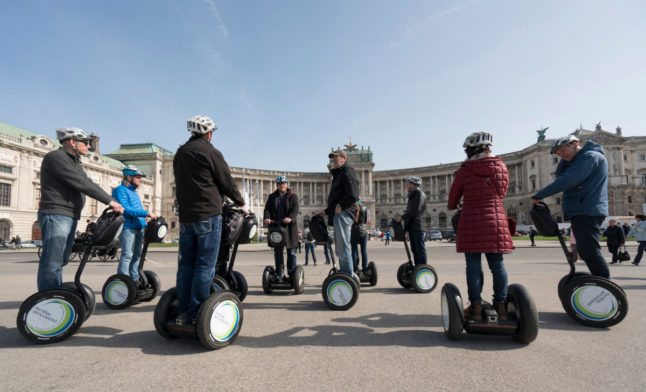The change will come into effect on December 25th.
For countries on the virus variant list, called Virusvariantgebiete in German, entry to Austria is subject to certain rules, in addition to the 2G rules (vaccination or recovery) that apply to everyone.
To enter Austria from the UK, the Netherlands, Denmark or Norway, travellers must show proof of a booster vaccination and a negative PCR test. Children under the age of 12 are exempt from the rules and teenagers eligible for the Holiday Ninja Pass will be able to enter with a negative PCR test (valid for 48 hours).
People arriving from these countries that have not received the booster shot will have to quarantine for 10 days upon arrival in Austria. This means even those that are fully vaccinated (two shots) will still have to quarantine.
For those travelling from non-virus variant countries, entry to Austria is possible with proof of full vaccination (two doses) or recovery from Covid-19, and a negative PCR test or proof of a booster shot.
If someone does not have a negative PCR test or has not received the booster shot, then they need to show proof of vaccination (two shots) or recovery, register for pre-travel clearance and self-isolate on arrival until a negative PCR test is provided. A test can be taken at the airport or any other test site.
Pregnant women and those who can’t be vaccinated for medical reasons must show a medical certificate and a negative PCR test.
Another consideration for travellers is that once a destination is listed as a virus variant country it can mean travel options are reduced and many flights cancelled, so that even for people still allowed to enter Austria, it can become more difficult in practice.
There were already ten countries on Austria’s virus variant risk list due to the spread of the Omicron variant, all located in southern Africa. They are: Angola, Botswana, Swaziland, Lesotho, Malawi, Mozambique, Namibia, Zambia, Zimbabwe and South Africa
Q&A: What will Austria’s Covid restrictions be over Christmas and New Year?
The Tiroler Tageszeitung was the first to report that the government was considering adding the countries to the variant list, with the Health Ministry confirming that the issue was on the agenda at the summit.
Other measures were also announced at the press conference, including a 10pm curfew for the gastronomy sector from December 27th, including on New Year’s Eve. You can read more on those measures by clicking here.
Useful links
FAQ on rules for entering Austria – Health Ministry




 Please whitelist us to continue reading.
Please whitelist us to continue reading.
Member comments